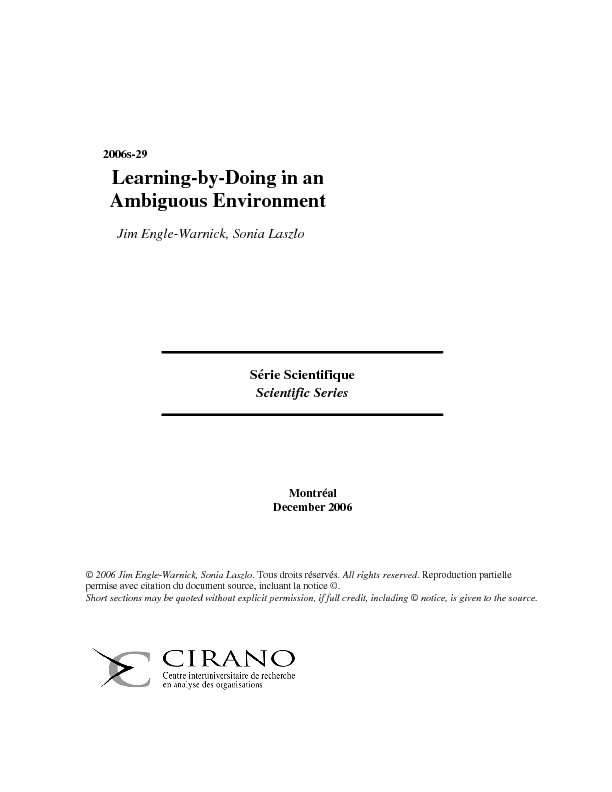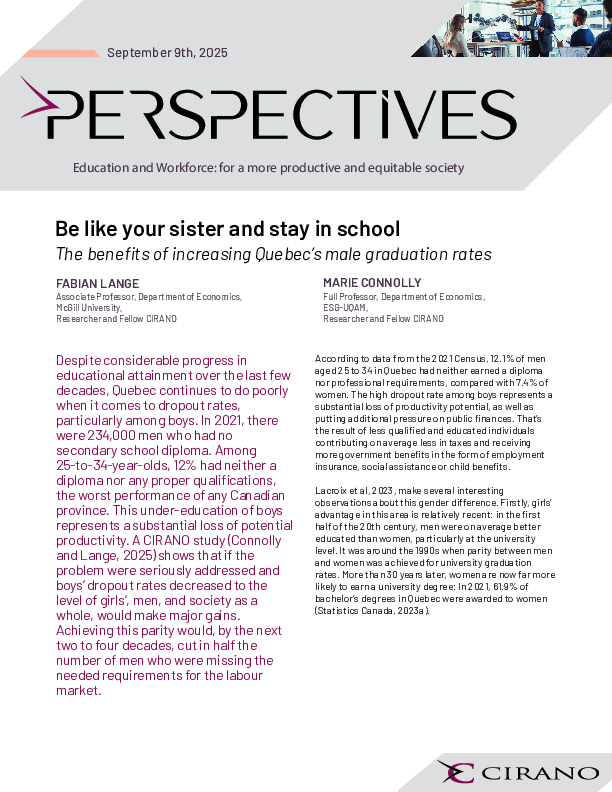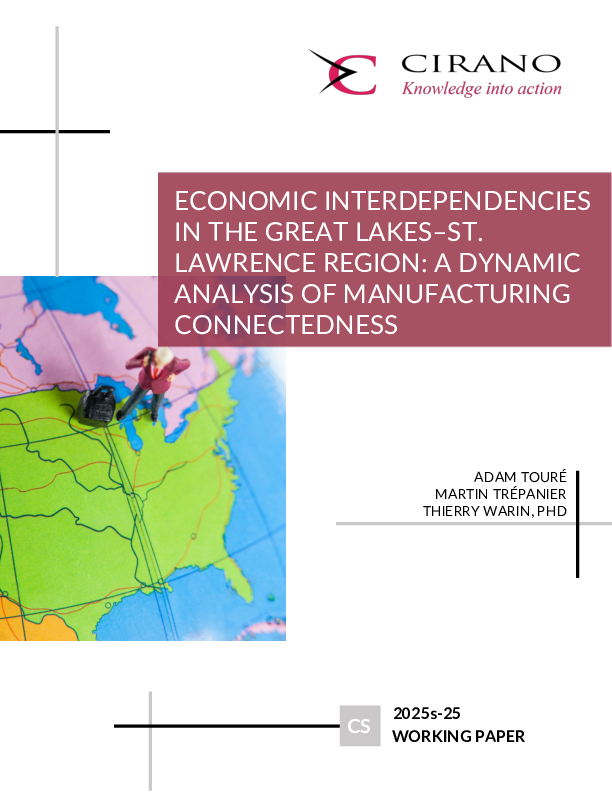Learning-by-Doing in an Ambiguous Environment
We experimentally test whether risk aversion or ambiguity aversion can explain decisions in a learning-by-doing game. We first measure subjects' preferences toward risk and ambiguity, and then use these measures to predict behavior in the game. We find that ambiguity averse subjects pay more often to resolve ambiguity, and we find that less risk averse subjects earn more in the game. Our results, in light of a previous field study of farmers in a developing economy, provide further evidence of a link between ambiguity aversion and technology choice, as well as a link between risk aversion and farm profitability.
[ - ]




